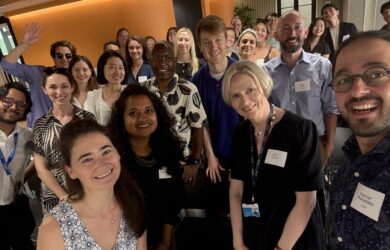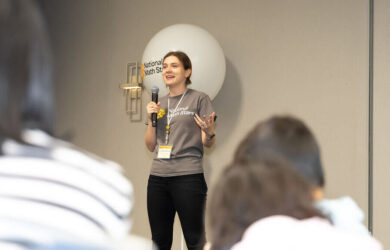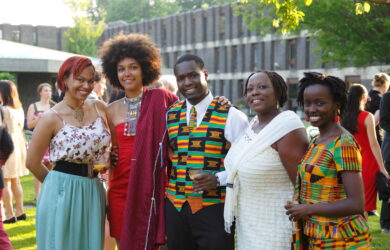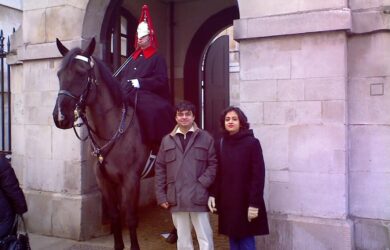
Andrea Luppi's latest study shows how the human brain processes information in ways that support higher cognitive functions.
Information is not a monolithic entity: disentangling how the brain uses different kinds of information is paramount if we are to make progress on our understanding of the brain as an information-processing system.
Andrea Luppi
New research shows how the human brain processes information in ways that support higher cognitive functions than animals.
The study, on which Gates Cambridge Scholar Andrea Luppi [2019] is first author, has just been published in Nature Neuroscience.
The researchers used tools from information theory to analyse brain data in humans and other primates and found that the human brain relies on a type of information called synergy to support higher cognitive functions – and it is better at doing so than the brains of other primates.
Scientists have long been interested in discovering what accounts for humans’ sophisticated cognitive skills. The study looked at how the brain organises neural information processing.
They organised the functional interactions between brain regions into synergistic and redundant components which revealed their distinct roles in information-processing.
They then combined functional and structural neuroimaging with meta-analytic results to demonstrate that redundant interactions are predominantly associated with structurally coupled, modular sensorimotor processing.
Synergistic interactions, on the other hand, were shown to support integrative processes and complex cognition across higher-order brain networks.
The researchers discovered that the human brain leverages synergistic information to a greater extent than non-human primates, with high-synergy association cortices exhibiting the highest degree of evolutionary cortical expansion. Synaptic density mapping from positron emission tomography and convergent molecular and metabolic evidence also demonstrated that these synergistic interactions are supported by receptor diversity and human-accelerated genes underpinning synaptic function.
They say: “This information-resolved approach provides analytic tools to disentangle information integration from coupling, enabling richer, more accurate interpretations of functional connectivity, and illuminating how the human neurocognitive architecture navigates the trade-off between robustness and integration.”
Andrea, [2019] who is doing a PhD in Clinical Neurosciences and is in the Cognition and Consciousness Imaging Group led by Dr Emmanuel Stamatakis, adds: “Information is not a monolithic entity: disentangling how the brain uses different kinds of information is paramount if we are to make progress on our understanding of the brain as an information-processing system.”
Andrea has published several previous papers exploring how the brain works in relation to consciousness.
Picture credit: Alex Blăjan alexb and Wikimedia commons.












